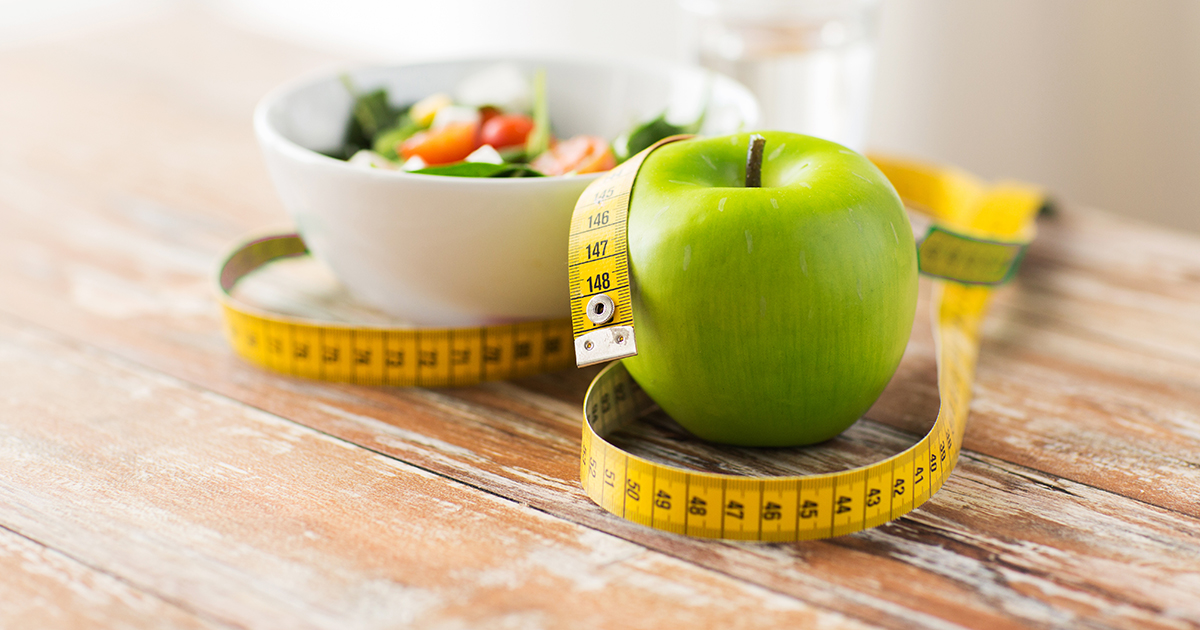What Is The Gout Diet?
Gout is a form of arthritis involving the buildup of a waste product in the blood called uric acid. The excess acid eventually crystallizes and settles in and around the joints and triggers pain, inflammation, and swelling. Uric acid is made by the body to aid digestion of foods containing a chemical called purine. Excess uric acid in the blood can be the result of genetics, diet, or the body's inability to remove the acid efficiently. Gout attacks can be triggered by some foods or drinks containing a moderate to high amount of purines. They can affect the toes, fingers, elbows, wrists, knees, ankles, or heels and can last for up to ten days. Common triggers of gout attacks include red meats, game meats, organ meats, seafood, sugary drinks, beer, and alcohol. Gout can be managed with diet, medications, and lifestyle adjustments. Get to know the gout diet now.
Goal Of The Gout Diet

The goal of the gout diet is to prevent or minimize the occurrence of gout attacks. One of the main ways this is achieved is the careful monitoring of what patients eat and drink on a daily basis. Gout patients usually have to make some lifestyle changes to gain control over their condition. This typically includes decreasing consumption or eliminating certain foods and drinks from their diet. Eating moderate portions of certain healthy foods is a good start to following the diet and developing good eating habits. The gout diet helps individuals achieve and maintain a healthy weight. Most foods containing moderate to high amounts of purine are not recommended for consumption. Some foods can control levels of uric acid, and these foods are included in the list of recommended foods.
Continue reading to examine the general principles of the gout diet next.
General Principles Of The Diet

The general principles of the gout diet are geared towards healthy eating and following recommendations for a nutritious diet that omits useless or detrimental foods and drinks. The recommendations are particularly beneficial to gout patients because of their dietary requirements and restrictions. Maintaining a healthy weight is very important to decrease the risk of developing gout and managing current instances of it. Losing weight lowers the risk of the condition and lessens stress on the joints. Studies have shown a decrease of gout attacks and lower uric acid levels in patients who reduce their caloric intake and lose weight, even without following a purine-restricted diet.
A healthy diet for gout patients includes lots of fruits, vegetables, and whole grains, which provide complex carbohydrates. Drinking sufficient quantities of water is vital to stay hydrated. Eating lean meats, poultry, and low-fat dairy products provide excellent sources of protein. Cutting back on foods like red meat, high-fat dairy products, and fatty poultry is necessary to decrease the consumption of saturated fats. Eliminating foods and drinks containing high-fructose corn syrup and drinking less of naturally sweet fruit juices are also beneficial.
Get to know the specific recommendations for the gout diet now.
Specific Food And Supplement Recommendations

The gout diet consists of low-purine food and specific food and supplements recommendations to help lower uric acid and the risk of attacks. Low-purine foods have less than one hundred milligrams of purine per three and a half ounces. Low-purine foods generally considered safe for individuals with gout include fresh fruits and vegetables, nuts, grains, and low-fat and non-dairy fat products. The recommendation for meats is about four to six ounces of fish, chicken, or lean red meat daily. Low-fat or nonfat dairy items like eggs or tofu should also be consumed in moderation. All kinds of fruits are fine to eat, and cherries are especially beneficial because of their ability to reduce the risk of gout attacks. All types of vegetables, legumes, nuts, seeds, whole grains, and low-fat dairy products are considered safe to eat. Eggs are also included in the diet.
Other recommendations include plant-based oils like canola, olive, and coconut. In addition, all herbs and spices are fine for consumption. Staying hydrated is an integral part of the gout diet, and individuals should drink eight to sixteen cups of fluids daily. At least half of their fluid intake should be water, though beverages like coffee and tea are fine. According to some research studies, moderate consumption of regular caffeinated coffee may be able to reduce the risk of gout. Supplement recommendation for individuals with gout includes vitamin C, which can help to lower uric acid.
Learn about what foods to avoid when on the gout diet now.
Foods To Avoid On The Gout Diet

Foods to avoid on the gout diet include moderately-high purine foods, high-purine foods, and high-fructose foods. Foods containing one hundred fifty to two hundred milligrams of purine per three and a half ounces may trigger a gout attack. These foods include organ meats, game meats, certain types of seafood, sugary drinks such as pop and alcohol, yeasts, and sweeteners like honey. Foods with refined carbohydrates like cakes, cookies, and white bread should also be avoided because they may raise uric acid levels. Foods and beverages that can be consumed in limited quantities include red meats, certain kinds of seafood, naturally sweet fruit juices, and wine.
Reveal the overall effectiveness of the gout diet next.
Effectiveness Of The Diet

The effectiveness of the diet depends on how closely patients follow it. There's no way to completely prevent attacks, but the gout diet can decrease the risk of flare-ups. Following the diet can also slow the production of uric acid and decrease levels in the blood. This, in turn, will lower the patient's risk of recurring gout attacks and their severity. It may also slow the progression of joint damage due to the condition. The combination of the diet, limited calories, medication, and lifestyle changes like regular exercise can help treat the condition and allow patients to achieve as well as maintain a healthy weight.